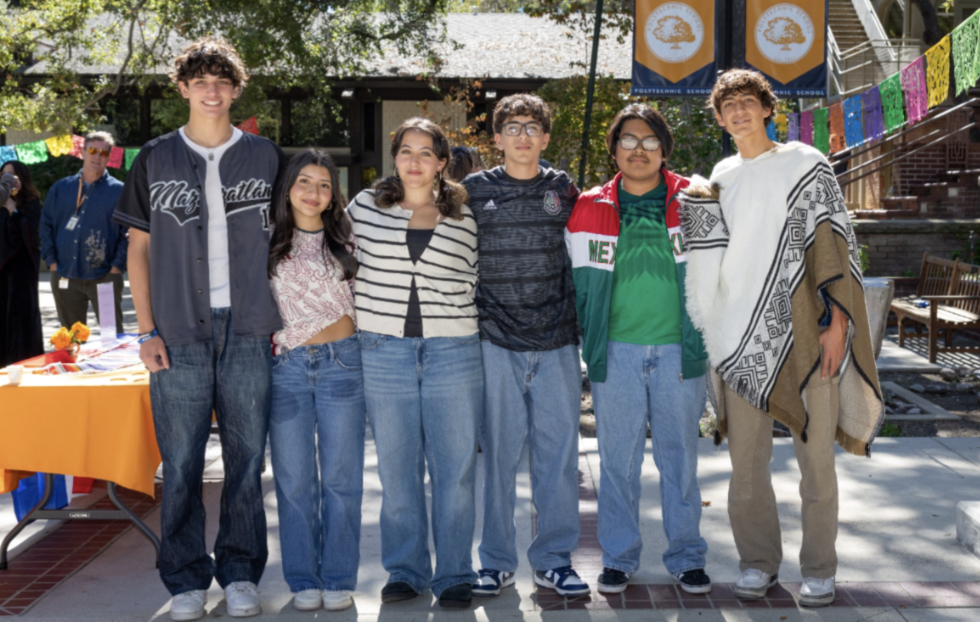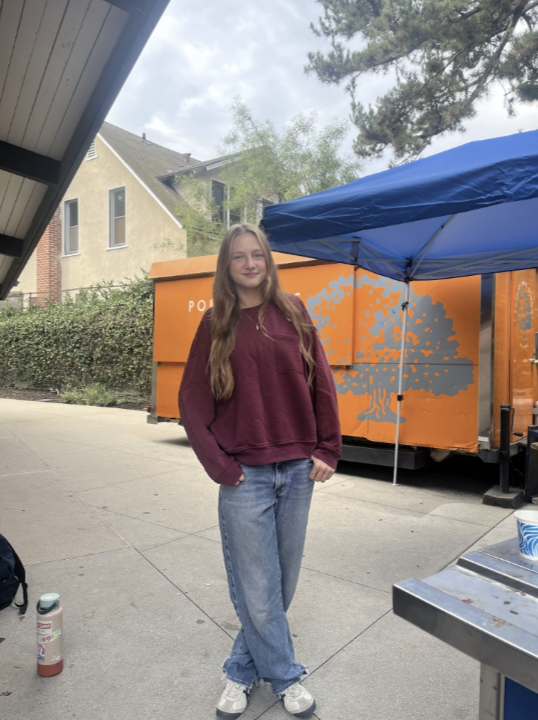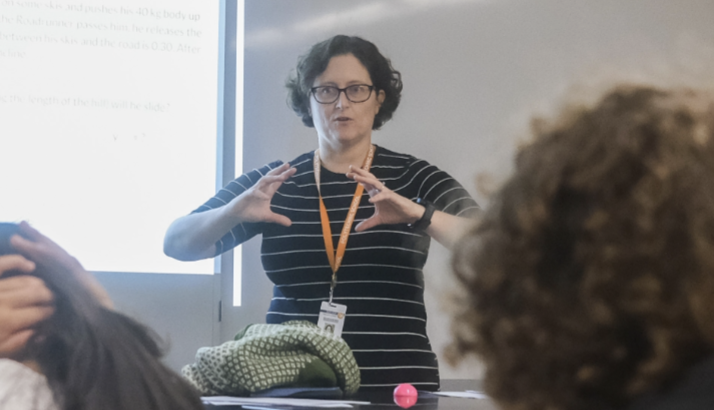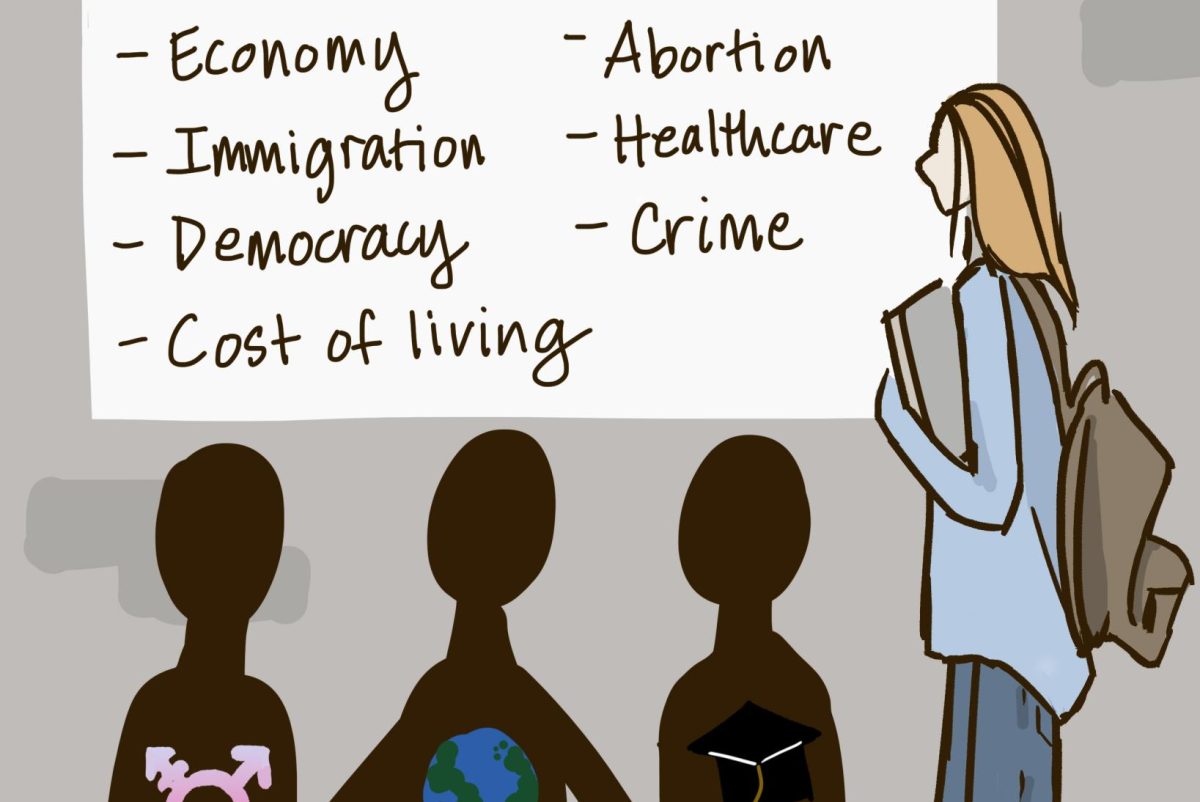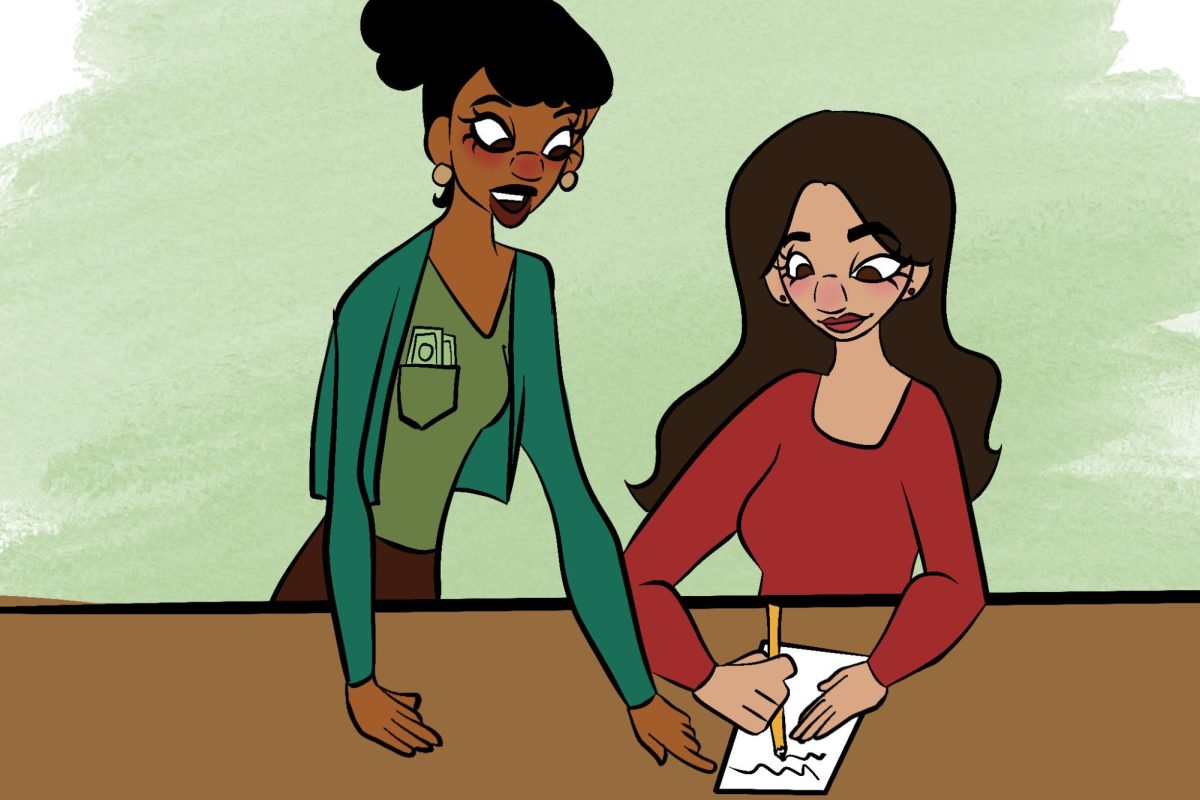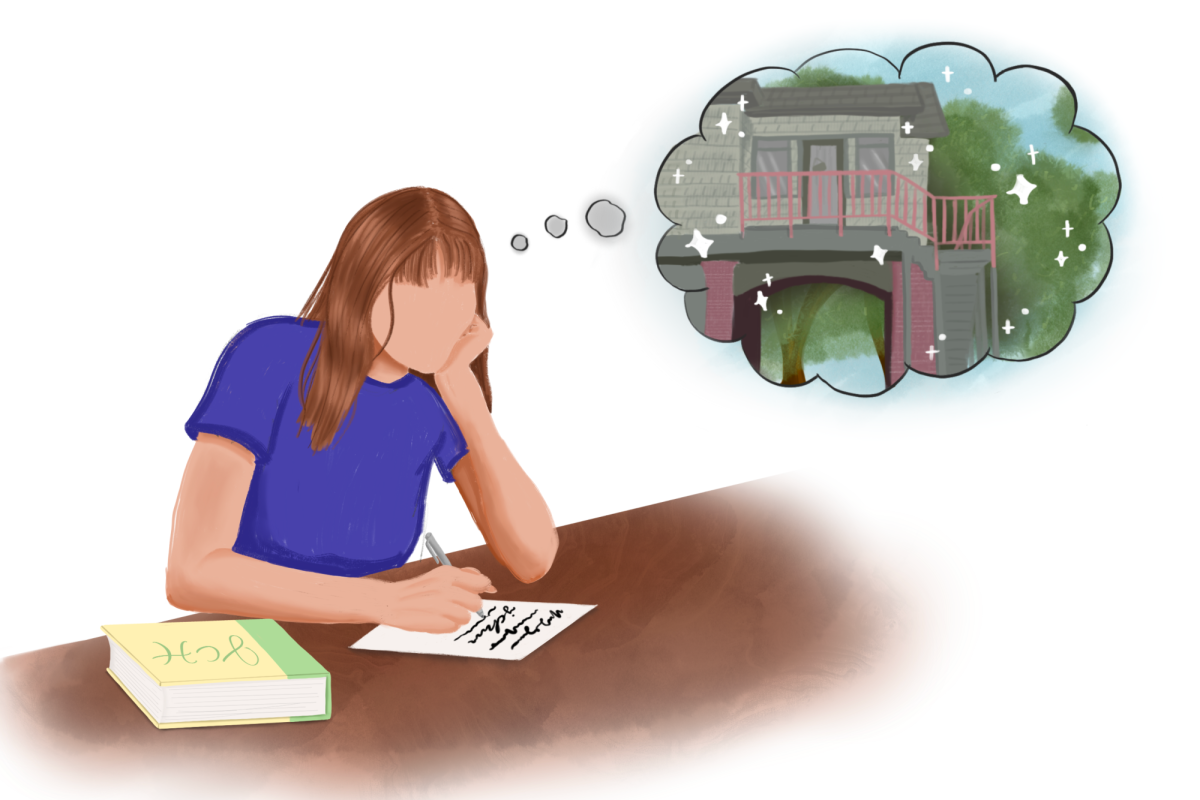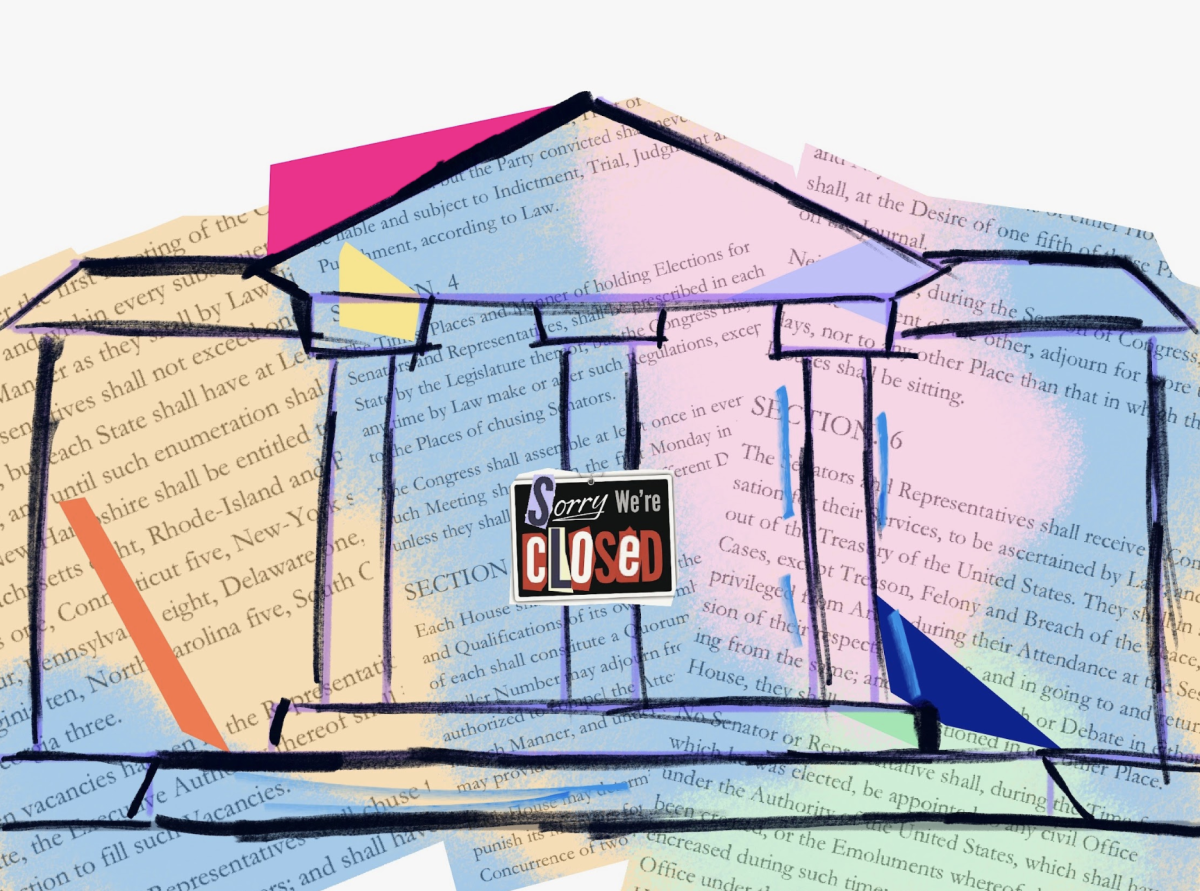Over the past month, Los Angeles has been severely impacted by a series of wildfires that have decimated over 40,500 acres throughout the county. The Palisades Fire, the largest of the blazes at more than 23,000 acres, began the morning of Jan. 7 in the Pacific Palisades area and, at the time of publishing, is 95% contained. Another fire started in Eaton Canyon a few hours later, and although now 99% contained, it has burned more than 14,000 acres in Altadena, Pasadena and Sierra Madre. Countless other fires also popped up as embers flew around LA with the Santa Ana winds. Many have been put out by the 16,000 first responders pouring in from neighboring states, with some coming from as far as Canada and Mexico, but other fires are still actively burning as of Jan. 26.
While the specific origins of each fire are yet to be identified, the overlying causes are drought-like conditions combined with a powerful windstorm hitting Southern California. Not only had there been less than 10% of average rainfall since October, the frequent oscillation between drought and heavy rainfall in the region over the past few years greatly increased the chances of wildfires. Once a blaze starts, winds reaching 100 miles per hour drive its rapid expansion and spread embers through the air like seeds for igniting other blazes.
These conditions led to devastating impacts for thousands of people in LA county. Tens of thousands of people lost power and electricity during the first week of the fires, and cities and streets have been littered with debris due to the winds. Ash from the Eaton Fire spread far past the fire’s perimeter: sophomore Jessica Li described that it was “raining ash” at her house in San Marino two days after the fire began.

Many people were also forced to leave their homes, with almost 200,000 people under evacuation orders at the height of the fires. Most have been lifted as the weeks go by, but 30,000 people still cannot return to their houses. A Sierra Madre resident, who asked to remain anonymous, described the evacuation experience: “It was terrifying. We could see the flame creeping closer on the mountain behind us, and there was nothing we could do except pack up what we could before we needed to get out.”
Thousands of families aren’t able to return home because their houses were destroyed. The Palisades and Eaton Fires decimated more than 15,000 structures across LA, around 10,000 of those being homes. Pasadena High School student Madeline Korman commented, “Driving through Upper Hastings Ranch is devastating,” and Altadena resident Zoe Cox described driving down Lake Avenue as “apocalyptic.” Entire neighborhoods have been leveled, and portions of the once lush San Gabriel mountain range are now an unrecognizable shade of brown. Damage reports are still in the preliminary stages, but the estimated costs of damages range between 30 and 250 billion dollars.
Not only will many students not have a home to go back to after the evacuation, but they won’t have a school to return to, either. Like Poly, thousands of schools were closed during the week of Jan. 7 throughout the biggest wave of the fires, but most have since reopened. Other schools, like some of those in the PUSD district, that are closer to the burned areas have yet to open after the fires as they need to undergo a deep cleaning to remove the ash and waste covering their campuses. Finally, at least a dozen schools sustained direct damage from the fires, some campuses were partially destroyed and at least five completely burned to the ground. More than 4,000 students in the Palisades and Pasadena districts have been temporarily moved to other schools—some for a few months while campuses are being repaired, others for the years it will take to rebuild.
Before we can rebuild, however, we must honor all whom we have lost. So far the fires have caused at least 27 deaths throughout LA County. Among the victims, a 66-year-old man was found dead at his property in Altadena holding a garden hose, trying to save his family home from the blaze.
The impact of these events will resonate in the community for years to come, but, throughout all this devastation, the community has come together to support those who have been affected. Countless charities are holding donation drives, local restaurants and businesses are offering free meals and care packages, animal care centers are offering shelter for pets, and companies like Airbnb are offering free, temporary housing while residents are displaced. As the wind and fires start to wind down, communities will have to work together to pick up the pieces and start rebuilding each other’s lives.





